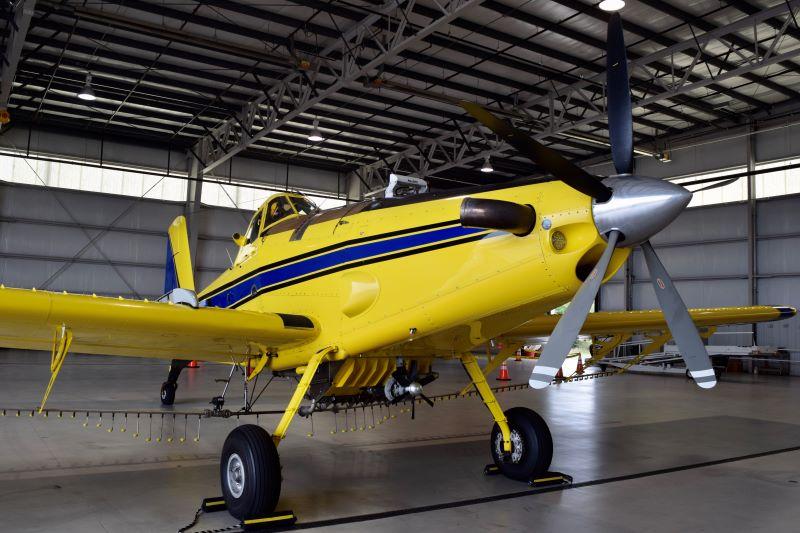
Credit: Bill Carey
Update: Following publication of this article, the NAAA reported that an agricultural pilot was killed on August 19, bringing the number of fatalities this year to nine. The NTSB earlier announced that it was investigating the crash of an Air Tractor AT-602 that day in Glendora, Mississippi. —Ed. A...
Subscription Required
This content requires a subscription to one of the Aviation Week Intelligence Network (AWIN) bundles.
Schedule a demo today to find out how you can access this content and similar content related to your area of the global aviation industry.
Already an AWIN subscriber? Login
Did you know? Aviation Week has won top honors multiple times in the Jesse H. Neal National Business Journalism Awards, the business-to-business media equivalent of the Pulitzer Prizes.


